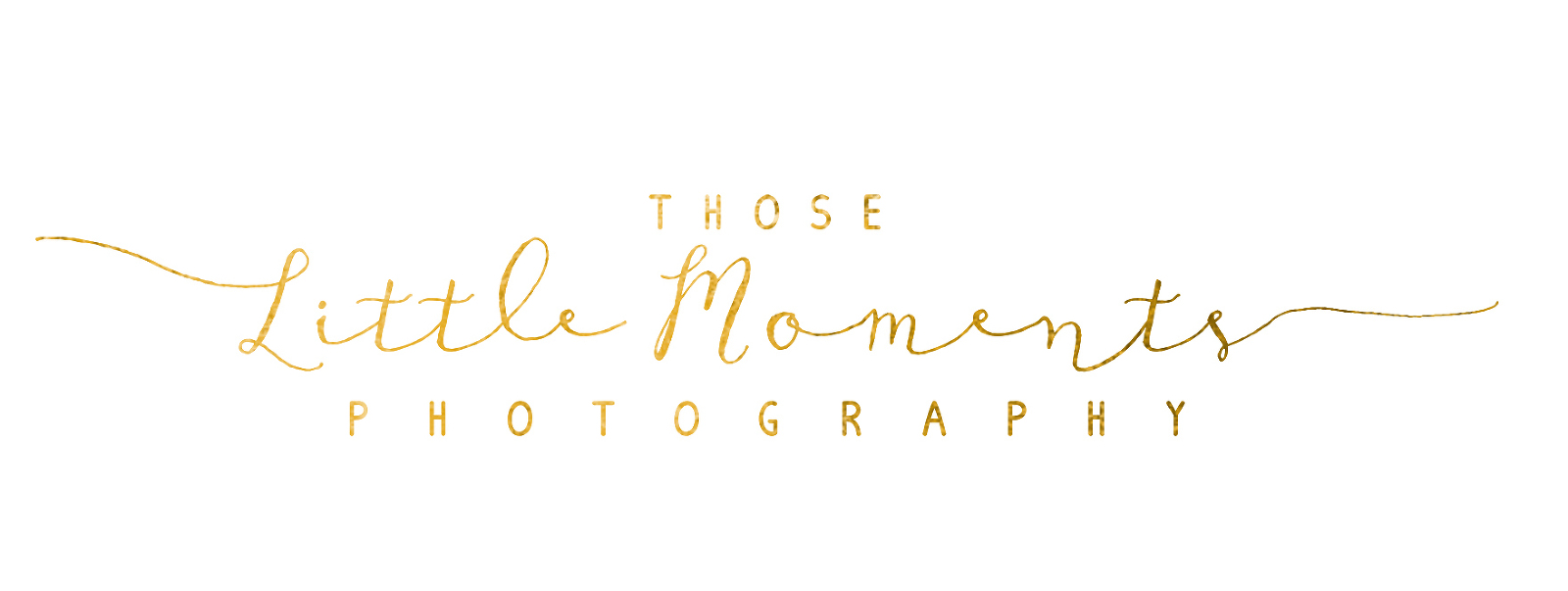Whites! As a photographer we love & hate whites.
We love the simplicity, we love the purity, we love the fresh & crispness.
But achieving those whites can be a hair pulling endeavour. You see, unlike all other colours , there is only 1 white and your eye instinctively knows when white is not white.
Whilst there is no substitute for achieving the perfect white balance in camera, sometimes for whatever reason it just does not happen. And here begins the editing struggle.
So what do you do?
Well here I address a few of my favourite tips to achieving whites in post processing.
Firstly if you haven’t done so already, change your background in Lightroom and Photoshop to White – GAME CHANGER!
The above image is the straight out of camera (SOOC), take note of the histogram!
My camera has a tendency to display the image very bright in the playback mode. This image in camera appeared to have blown out areas and looked washed out in camera. This is why I encourage you all to only look at the image display to check your composition! Do not rely on it for exposure. For your exposures read the histogram displayed for each image. In this image the majority of the tones are white so the information of the image is sitting to the right of the histogram.
If you press the triangle in the top right corner of the histogram, your image will warn you when highlights have been clipped/blown out. In this instance the vertical bar is not touching the right of the graph so there are no highlights blown.
Had I trusted my camera display I would have lowered exposure and accidentally underexposed the image – which leads to post processing corrections resulting in noise/grain in the final image.
Now for the editing….
Step 1:
I begin my processing in Lightroom
* I adjust for any lens distortions by ticking “Enable profile correction” and “Remove Chromatic Abberration” under the lens correction menu
* Under the Basic drop down I select the “White balance selector (W)” tool (looks like an eye dropper). With the white balance selector tool hover over an area of your image that should be white. A square with RGB values will appear. Use your arrow keys to adjust the temperature (up&down) and tint (left&right) of your image. Your aim here is to get the RGB values close to matching
.jpg)
Don’t worry if this is not perfect we will address any tints/yellow-blue casts later.
Keep an eye on your skin tones, and adjust these to taste.
If I want to achieve a warmer skin glow, I will adjust my temperature a little warmer, even if that means my whites appear a little warmer.
Step 2:
If whites are appearing dull or grey try increasing your lights slider under the Tone drop down to brighten up those dull whites.
You may need to lower your highlights or white slider under the Basic drop down to ensure no “hotspots” are clipped. Be careful not to lower highlights too much – those area’s will appear grey.
You may also need to light your shadows and contrast to your desired taste.
Always keep an eye on your histogram and be careful not to clip (blow out) your highlights.
You can also do this in Photoshop using your curves (Command-M) and pull your highlights point towards the left. Pull the slider on the right to the left. Press the OPTION button to check highlights are not clipping.
Step 3:
And now for the final step to fixing those colour casts!
Open your image in Photoshop. (Command E)
Duplicate your background layer (Command J) and apply a Hue-Saturation adjustment mask.
Desaturate this layer the layer to -100. You image should now be black and white.
Apply a mask to the layer and with a soft black paint brush paint over everything you want to bring the colour back to. In this case the baby, cream bumpy layer and pink wraps.
Flatten your image and complete any final adjustments.
Happy editing!
If you found this blog useful please like my Facebook page @TLMphotography.au, where more tips to achieving whites will be shared.

.jpg)
.jpg)
.jpg)
.jpg)
.jpg)
.jpg)